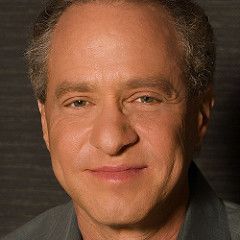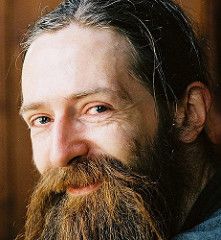GatgetBridge is currently just a concept. It might start its life as a discussion forum, later turn into a network or an organisation and hopefully inspire a range of similar activities.
We will soon be able to use technology to make ourselves more intelligent, feel happier or change what motivates us. When the use of such technologies is banned, the nations or individuals who manage to cheat will soon lord it over their more obedient but unfortunately much dimmer fellows. When these technologies are made freely available, a few terrorists and psychopaths will use them to cause major disasters. Societies will have to find ways to spread these mind enhancement treatments quickly among the majority of their citizens, while keeping them from the few who are likely to cause harm. After a few enhancement cycles, the most capable members of such societies will all be “trustworthy” and use their skills to stabilise the system (see “All In The Mind”).
But how can we manage the transition period, the time in which these technologies are powerful enough to be abused but no social structures are yet in place to handle them? It might help to use these technologies for entertainment purposes, so that many people learn about their risks and societies can adapt (see “Should we build a trustworthiness tester for fun”). But ideally, a large, critical and well-connected group of technology users should be part of the development from the start and remain involved in every step.
To do that, these users would have to spend large amounts of money and dedicate considerable manpower. Fortunately, the basic spending and working patterns are in place: People already use a considerable part of their income to buy consumer devices such as mobile phones, tablet computers and PCs and increasingly also accessories such as blood glucose meters, EEG recorders and many others; they also spend a considerable part of their time to get familiar with these devices. Manufacturers and software developers are keen to turn any promising technology into a product and over time this will surely include most mind measuring and mind enhancement technologies. But for some critical technologies this time might be too long. GadgetBridge is there to shorten it as follows:
- GadgetBridge spreads its philosophy — that mind-enhancing technologies are only dangerous when they are allowed to develop in isolation — that spreading these technologies makes a freer world more likely — and that playing with innovative consumer gadgets is therefore not just fun but also serves a good cause.
- Contributors make suggestions for new consumer devices based on the latest brain research and their personal experiences. Many people have innovative ideas but few are in a position to exploit them. Contributors rather donate their ideas that see them wither away or claimed by somebody else.
- All ideas are immediately published and offered free of charge to anyone who wants to use them. Companies select and implement the best options. Users buy their products and gain hands-on experience with the latest mind measurement and mind enhancement technologies. When risks become obvious, concerned users and governments look for ways to cope with them before they get out of hand.
- Once GadgetBridge produces results, it might attract funding from the companies that have benefited or hope to benefit from its services. GadgetBridge might then organise competitions, commission feasibility studies or develop a structure that provides modest rewards to successful contributors.
Your feedback is needed! Please be honest rather than polite: Could GadgetBridge make a difference?


 The summer 2010 “
The summer 2010 “ Also speaking at the H+ Summit @ Harvard is
Also speaking at the H+ Summit @ Harvard is 